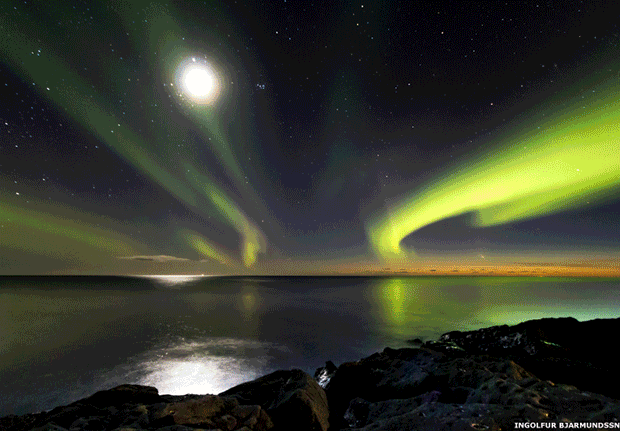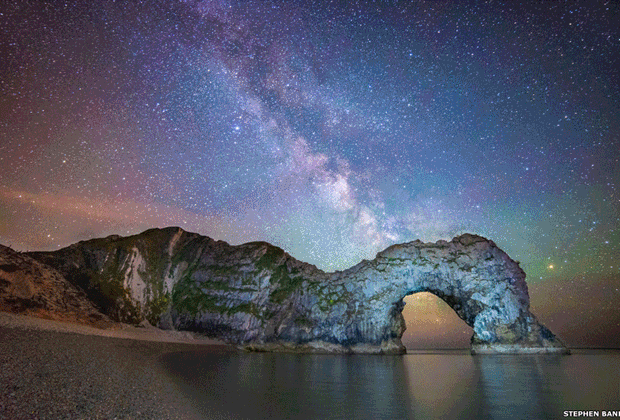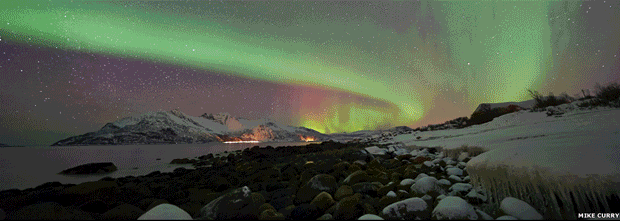|
An image of Venus crossing the sun over the Black Sea
in Romania and astral clouds of rose-coloured gas revealing star
formations in distant galaxies are just two of the incredible images
shortlisted for the 2013 Astronomy Photographer of the Year competition.
The competition, which is now in its fifth year, is run by the Royal
Observatory Greenwich in association with Sky at Night Magazine.
It received a record number of over 1,200 entries from enthusiastic
amateurs and professional photographers from around the globe.
|
|
 |
|
Shortlisted entries include the dazzling firework display of a Perseid
meteor shower against a snowy backdrop in Wyoming, the spectacular view
of the Milky Way arching over the much-loved landmark of Durdle Door on
the Dorset coast and a solitary watcher seated by his tent on the
Korgfjellet Mountain in Norway watching a breathtaking Orionid meteor
soar above him.
But the diversity of locations is not just limited to Earth.
Photographers have also captured sights from across our Solar System,
galaxy and beyond.
From frenzied solar storms on the surface of the Sun, to clusters of hot
blue stars surrounded by swirling dust, photographers have captured the
wonders of the universe in ways that the public might not have seen them
before.
The competition’s judges include Space scientist and TV presenter Dr
Maggie Aderin-Pocock, editor of Sky at Night Magazine Chris Bramley and
the Royal Observatory’s public astronomer, Dr Marek Kukula.
The winners of the competition’s four categories and three special
prizes will be announced on 18 September.
|
|

|
|
An exhibition of all the winning images will open the following day on
19 September at the Royal Observatory.
In memory of The Sky at Night’s Sir Patrick Moore, who was previously a
judge in the competition, the award for Best Newcomer will now be known
as ‘The Sir Patrick Moore Prize for Best Newcomer’ in recognition of the
thousands of people he inspired to look up and explore the stars.
The free public exhibition will run until 23 February 2014.
The work of the winners and shortlisted entries will also be published
in the competition’s official book.
The overall winner will receive prize money of £1,500, while the Young
Astronomy Photographer of the Year will scoop a £500 prize. |
|

|
|
There are also three categories of Earth and space, which includes
landscape, people and other 'earthly' things, the best photograph of the
solar system and images of beyond our solar system, including stars,
nebulae and galaxies.
The winner of each category will receive £500 and there are also awards
for the runner up and highly commended entries.
There will also be three special prizes for photographs that include
people in a creative way and 'robotic scope image of he year' for images
that were taken usingone of the increasing number of computer-controlled
telescopes at prime observing sites around the world which can be
accessed over the internet by members of the public. |
|
 |
|
The Sir Patrick Moore prize for Best Newcomer award will go to a person
who has taken up the hobby of photographing space in the last year and
has not entered an image into the competition before.
The judges will give special consideration to those using simple and
inexpensive start-out kit.
|
|
VIEW PICTURE GALLERY
|
|
|